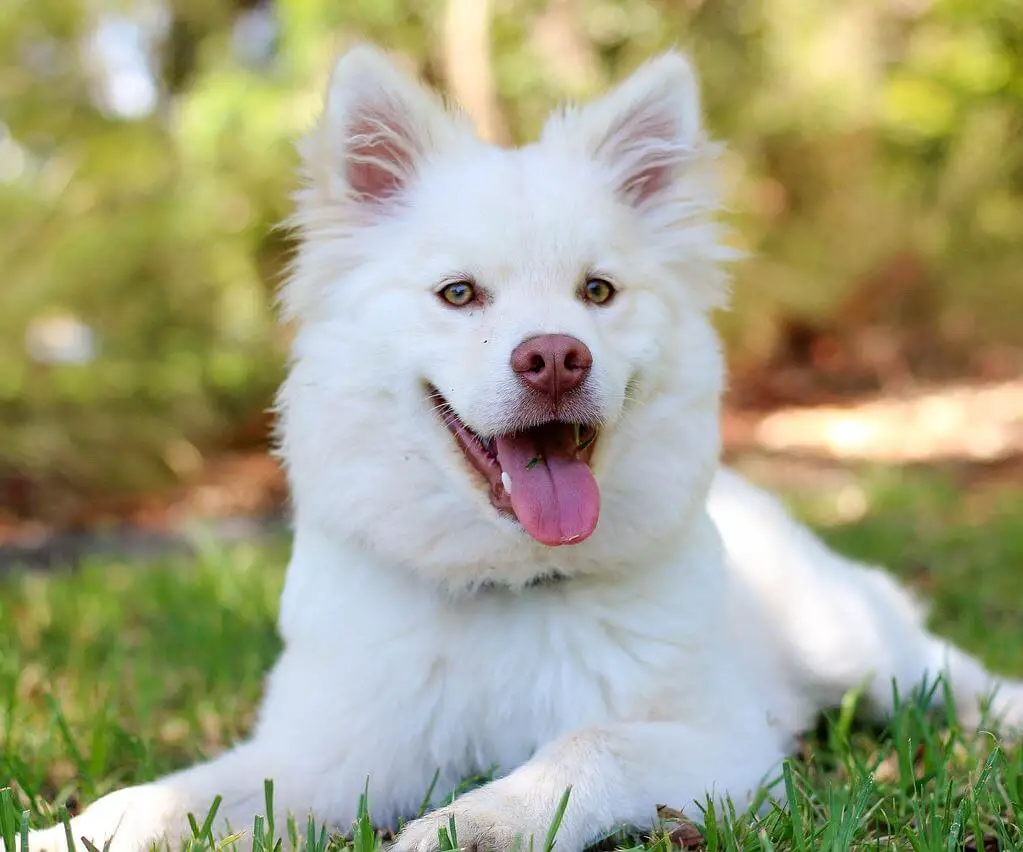Have you ever looked at your dog and thought they were smiling back at you? While it’s a heartwarming sight, the reality behind that canine grin might not be exactly what you think. Let’s delve into the intricacies of dog behavior to decipher whether your furry friend is truly smiling or if there’s more to it than meets the eye.

What your dog is doing:
- Relaxed mouth: When your dog appears to be smiling, what you’re likely observing is a relaxed mouth, often accompanied by a lolling tongue. This relaxed state can occur during moments of contentment or after physical activity.
- Panting: Dogs pant for various reasons, including excitement, playfulness, or to regulate body temperature. This panting behavior can contribute to the illusion of a smile, especially when coupled with other facial expressions.
- Submissive grin: In certain contexts, the so-called “smile” might actually be a submissive grin. This is often seen when a dog lowers its body posture and slightly tucks its head, signaling deference or appeasement.
Why they’re doing it:
- Communication: Dogs rely heavily on facial expressions to convey their emotions and intentions. While their version of a smile may resemble ours, it serves different purposes depending on the situation.
- Happiness and excitement: The “smile” is commonly associated with feelings of happiness and excitement. When your dog displays this expression alongside a wagging tail and playful demeanor, it likely indicates a positive emotional state.
- Submission: However, in instances where the “smile” is accompanied by submissive body language—such as lowered posture and ears—it can signify submission or deference, particularly in the presence of other dogs or unfamiliar individuals.
- Panting: It’s important to remember that panting is a primary function of a dog’s open-mouthed expression. While it contributes to the appearance of a smile, its main purpose is to regulate body temperature rather than convey emotion.
Key differences from human smiles:
- Muscle movement: Unlike humans, whose smiles involve complex facial muscle movements, dogs lack the same level of facial expressiveness. Their smiles primarily involve the mouth and ears, with less emphasis on nuanced emotional displays.
- Emotional complexity: While dogs undoubtedly experience a range of emotions, their understanding and expression of these feelings differ from humans. Their “smile” may not necessarily indicate the same depth of joy or amusement associated with human smiles.
While it’s tempting to interpret your dog’s grin as a sign of happiness, it’s essential to consider the broader context and accompanying body language. Observing your dog’s tail wags, posture, and other behavioral cues will provide a more accurate understanding of their emotions. By recognizing and interpreting these signals, you can strengthen the bond with your canine companion and ensure their well-being and happiness. So, while your dog may not be smiling in the human sense, their unique expressions speak volumes about their feelings and intentions.
